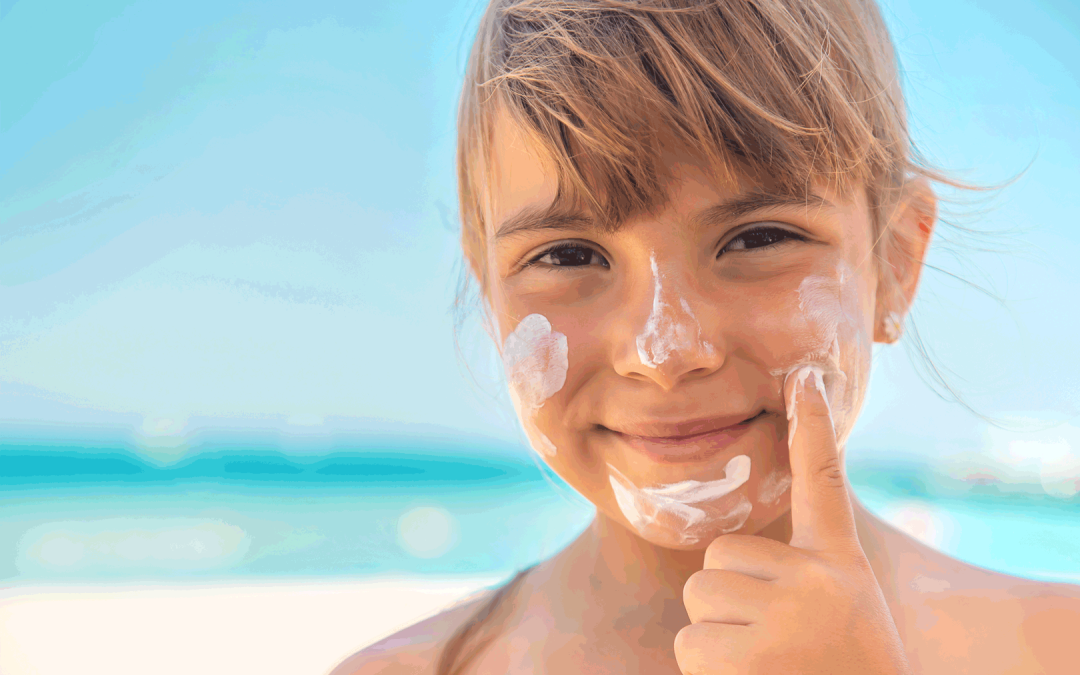Selecting the appropriate sunscreen has never been more crucial in a world where health and environmental concerns coexist. For families looking for safe, efficient, and eco-friendly sun protection, non-nano zinc oxide sunscreen has become a top option. Let’s explore why this mineral-based option stands out from the crowd.
Understanding Non-Nano Zinc Oxide
What Makes It Different?
Non-nano zinc oxide particles are larger than 100 nanometers, meaning they:
- Stay on top of the skin rather than being absorbed
- Create a physical barrier against both UVA and UVB rays
- Are too large to enter the bloodstream
- Won’t penetrate coral reef systems
Safety First: Why Your Family Benefits
Gentle Protection for Sensitive Skin
- Naturally anti-inflammatory properties
- Minimal risk of irritation
- Ideal for babies and children
- Perfect for those with eczema or rosacea
No Harmful Absorption
Unlike chemical sunscreens that enter the bloodstream, non-nano zinc oxide:
- Sits safely on top of the skin
- Starts working immediately
- Doesn’t disrupt hormones
- Creates a protective physical barrier
Chemical vs. Non-Nano Zinc Oxide Sunscreens: A Detailed Comparison
Chemical Sunscreens
Pros:
- Typically lighter texture
- Usually transparent
- Often less expensive
Cons:
- Can enter bloodstream
- May cause hormone disruption
- Takes 20-30 minutes to activate
- Can harm coral reefs
- More likely to cause irritation
Non-Nano Zinc Oxide Sunscreens
Pros:
- Works immediately
- Safer for marine life
- No systemic absorption
- Longer shelf life
- Better for sensitive skin
Cons:
- May leave slight white cast
- Generally thicker texture
- Usually more expensive
Environmental Impact: Protecting Our Oceans
Reef-Safe Properties
Non-nano zinc oxide sunscreens are:
- Safe for coral reefs
- Non-toxic to marine life
- Biodegradable
- Environmentally responsible
Why It Matters
- Coral reefs protect 25% of marine species
- Traditional sunscreens contribute to reef bleaching
- Hawaii and other regions have banned harmful sunscreen ingredients
Product Features to Look For
Essential Characteristics
- Particle Size
- Clearly labeled as non-nano
- Particle size >100 nanometers
- Active Ingredients
- Zinc oxide as the only active ingredient
- Or combined with non-nano titanium dioxide
- Additional Benefits
- Antioxidants for added protection
- Moisturizing ingredients
- Water-resistant properties
Application Tips for Maximum Protection
Best Practices
- Amount
- Use approximately 1/4 teaspoon for face
- 1 ounce (shot glass) for full body
- Timing
- Apply 15 minutes before sun exposure
- Reapply every 2 hours
- Reapply after swimming/sweating
- Coverage
- Apply thickly and evenly
- Don’t forget often-missed spots (ears, neck, feet)
Making the Switch: Tips for Success
Adapting to Mineral Sunscreen
- Start with face-specific formulas
- Usually more elegantly formulated
- Better for daily use
- Test application techniques
- Warm between hands first
- Apply in sections
- Pat into skin rather than rubbing
- Choose the right formula
- Tinted options for no white cast
- Stick formulas for easy application
- Spray options for quick coverage
The Investment in Health
While non-nano zinc oxide sunscreens may cost more initially, they offer:
- Superior protection
- Safer long-term use
- Environmental responsibility
- Better value through higher efficiency
Conclusion
Choosing non-nano zinc oxide sunscreen is an investment in the future of our planet and the health of your family, not just in your own health. Although there may be some initial adjustment required, the advantages greatly exceed any minor drawbacks. By choosing these safer, more environmentally conscious options, you’re protecting both your loved ones and our oceans for generations to come.

